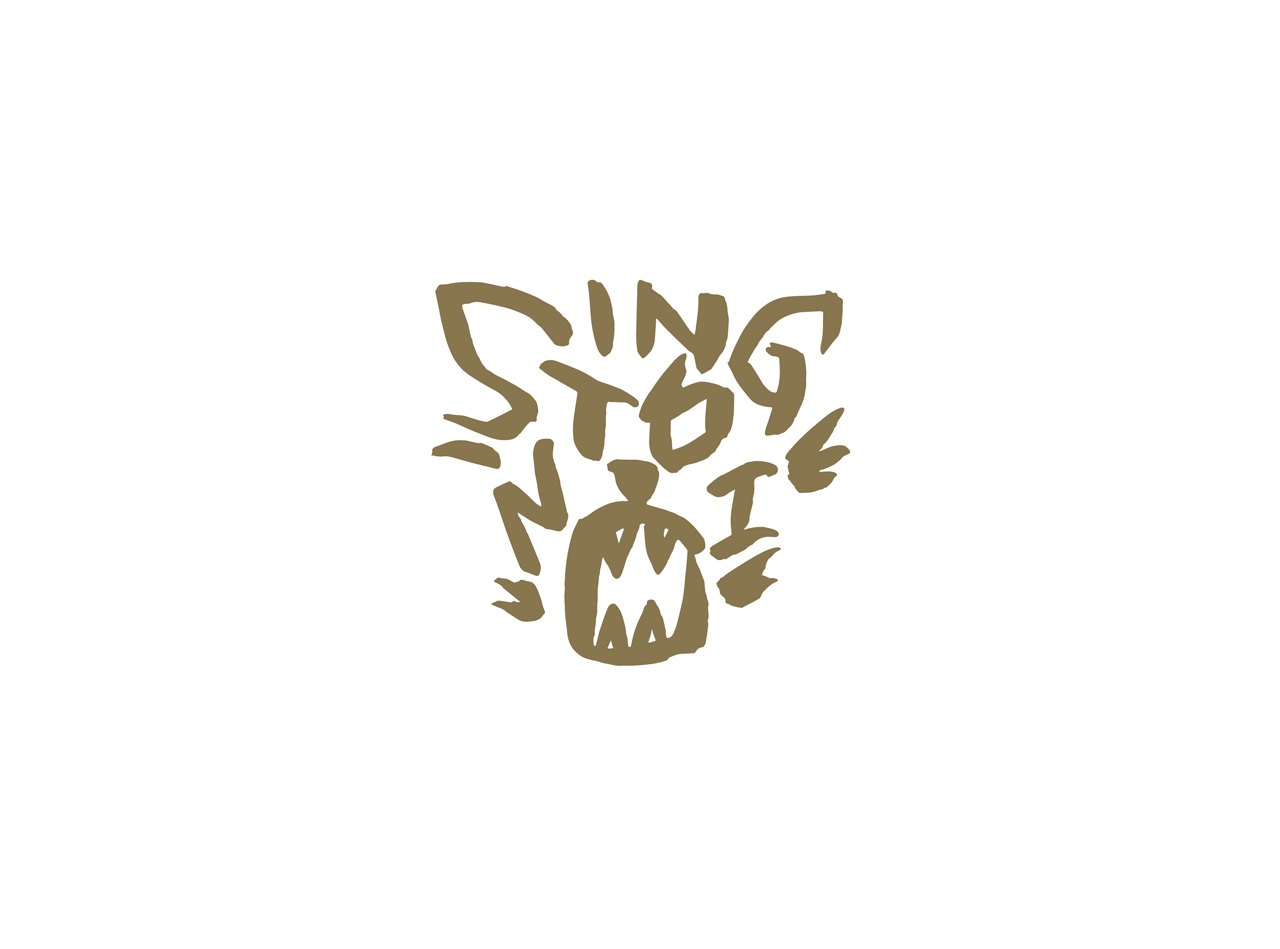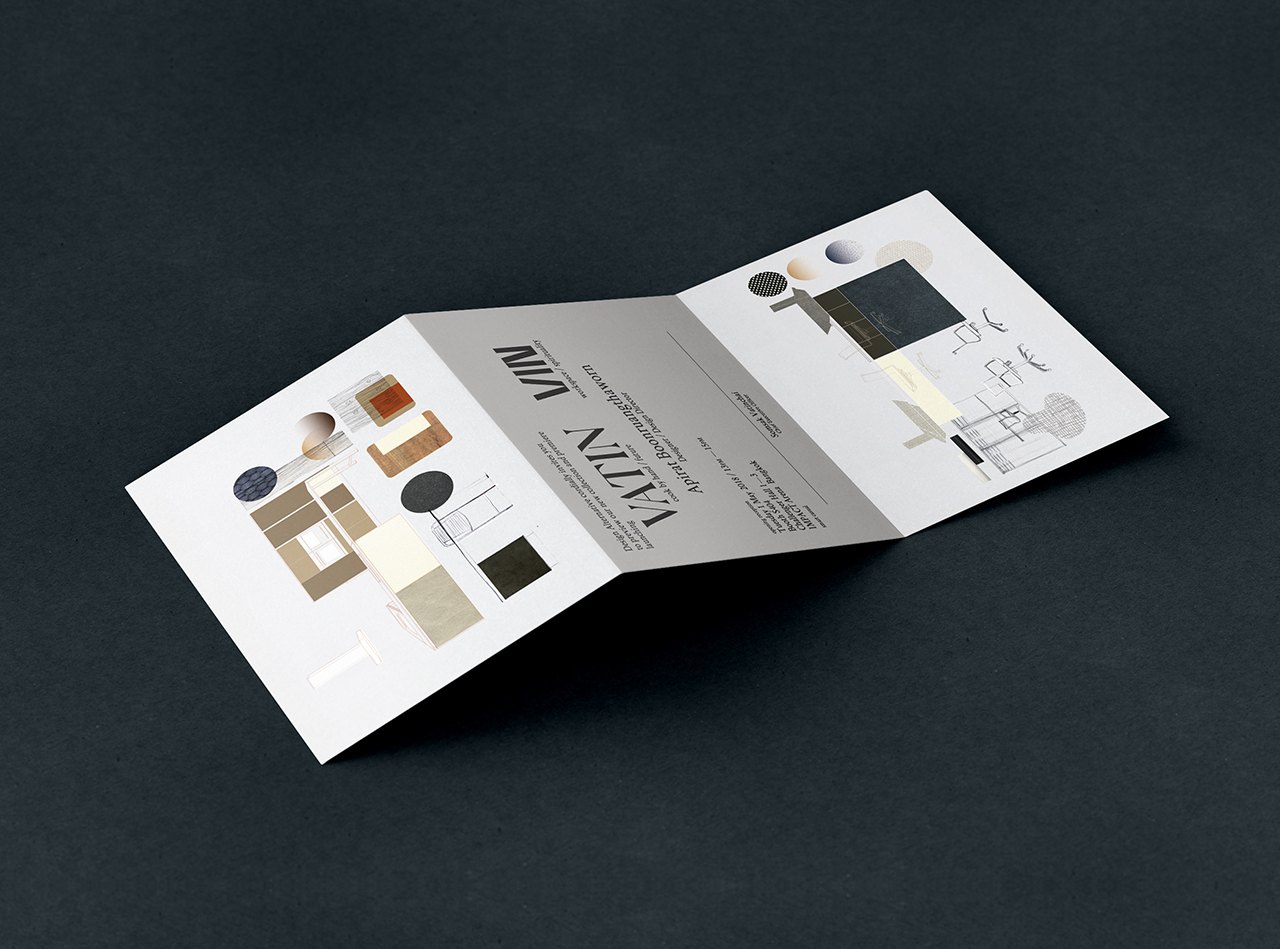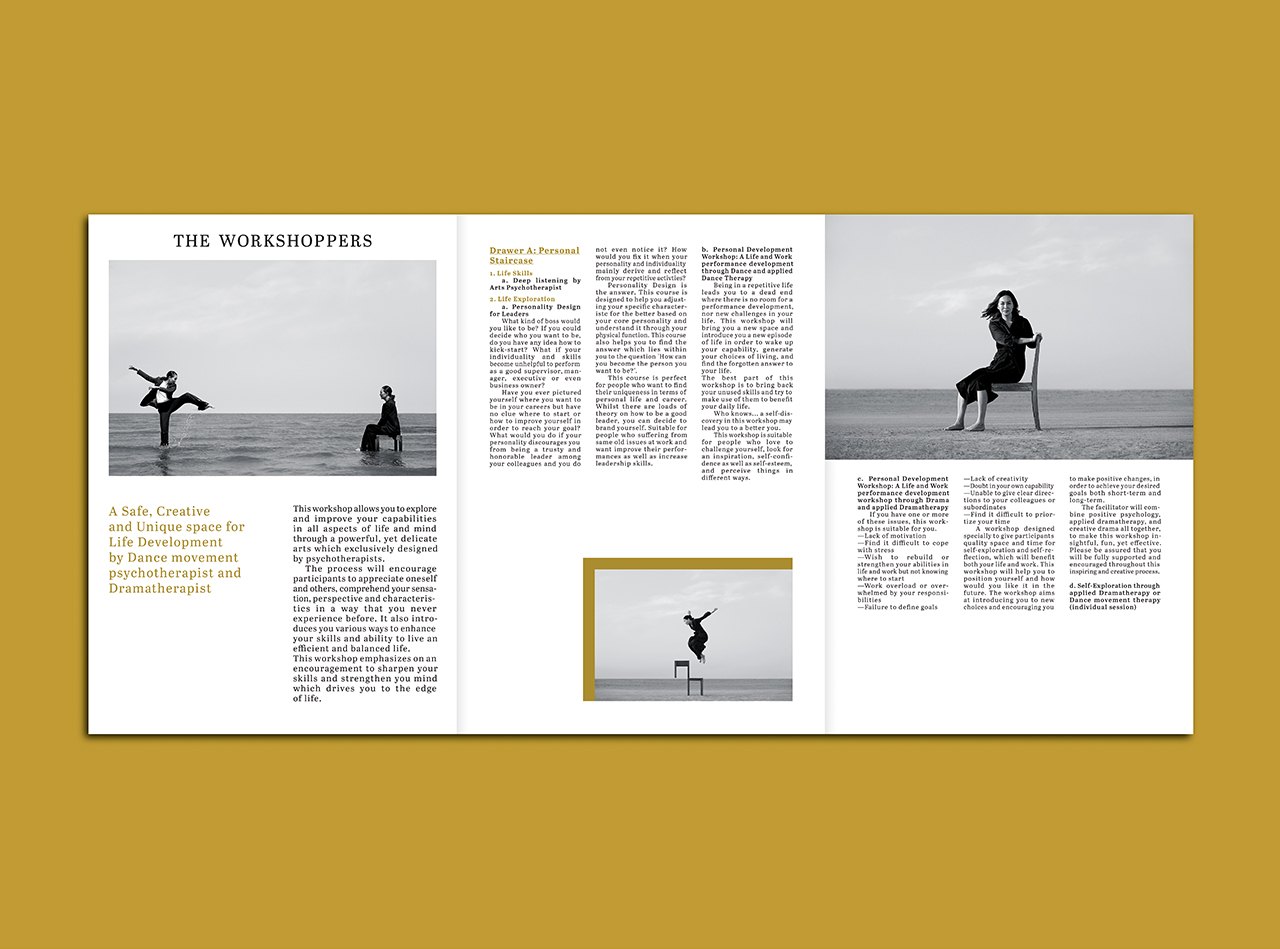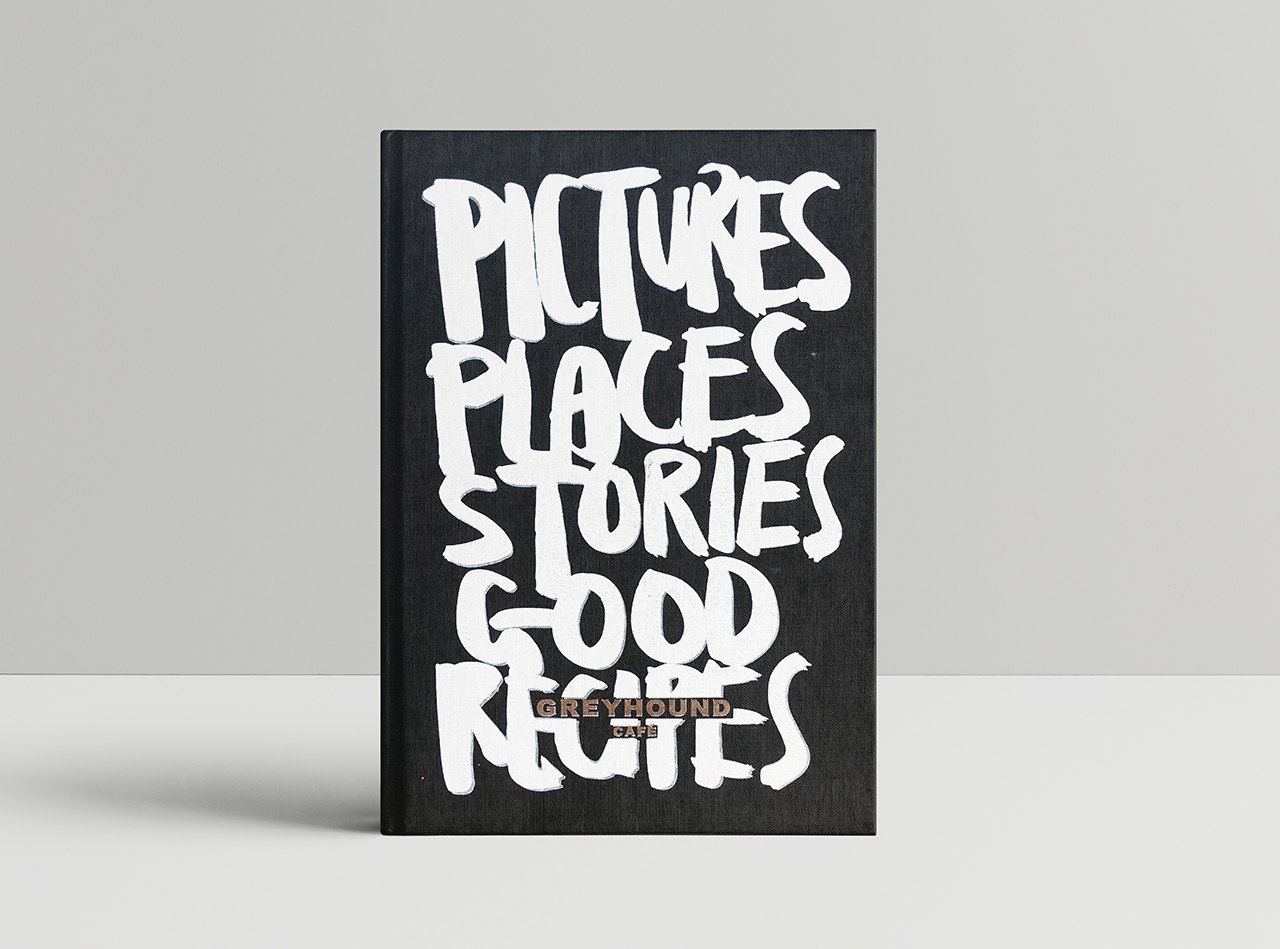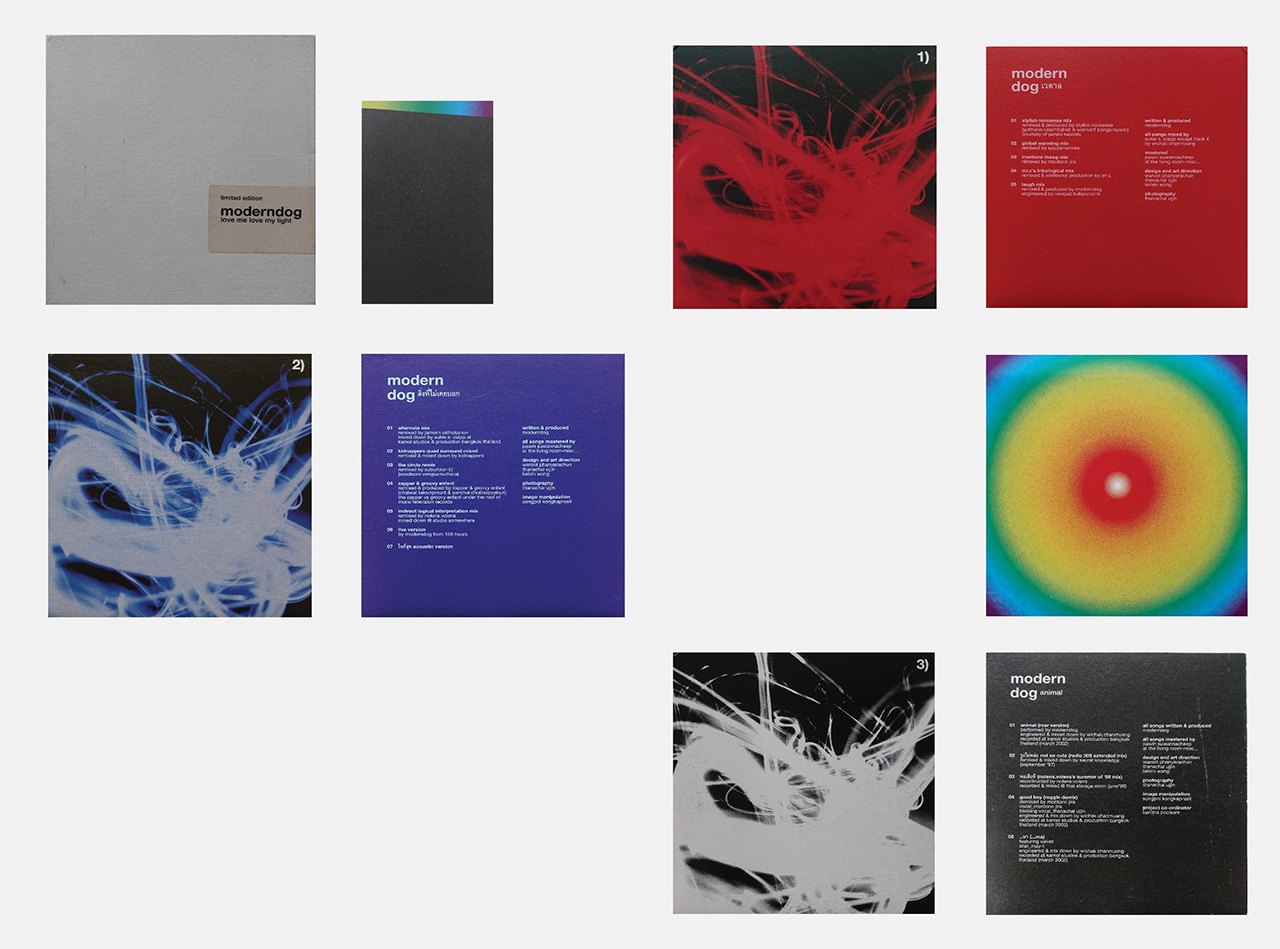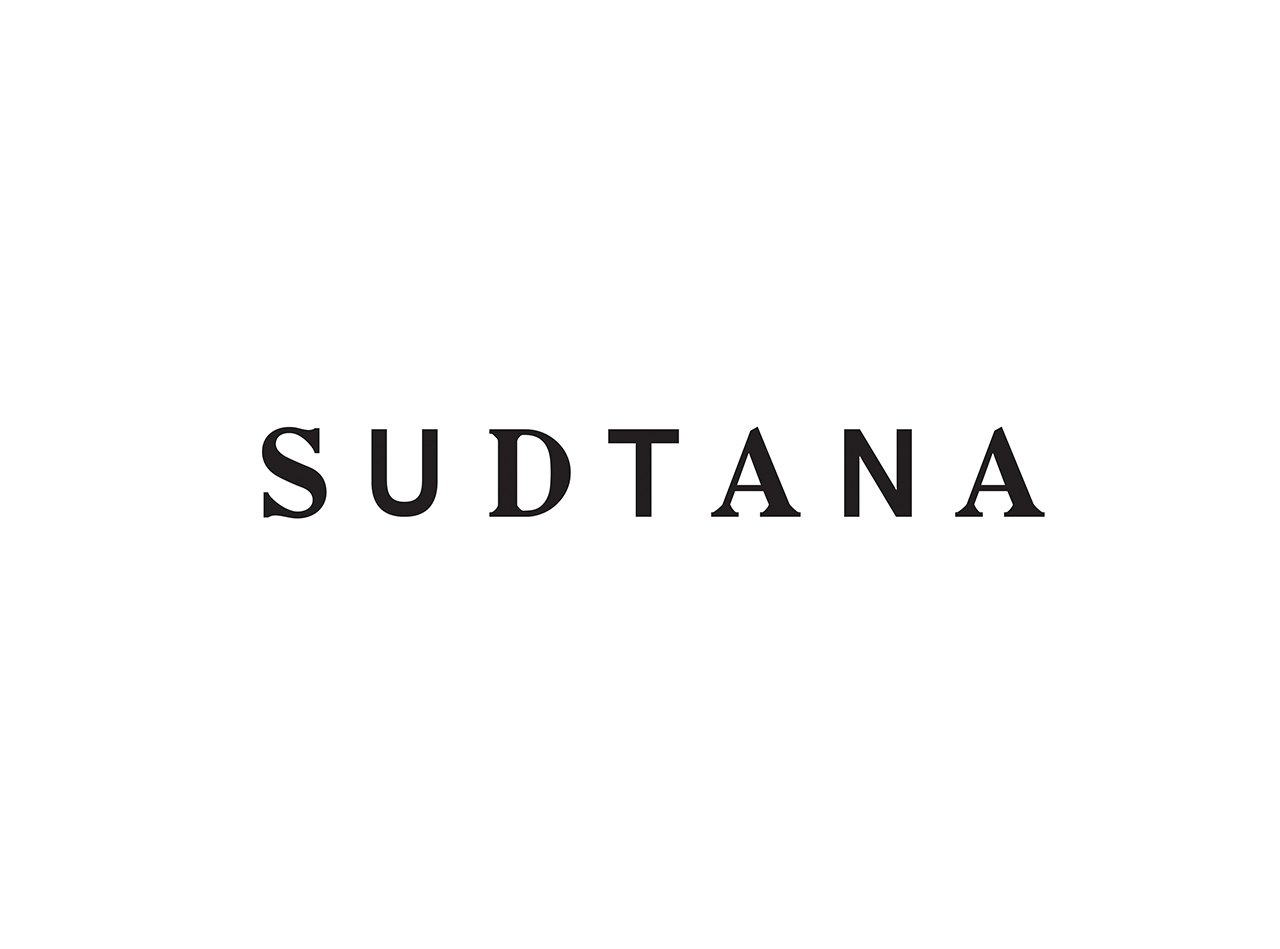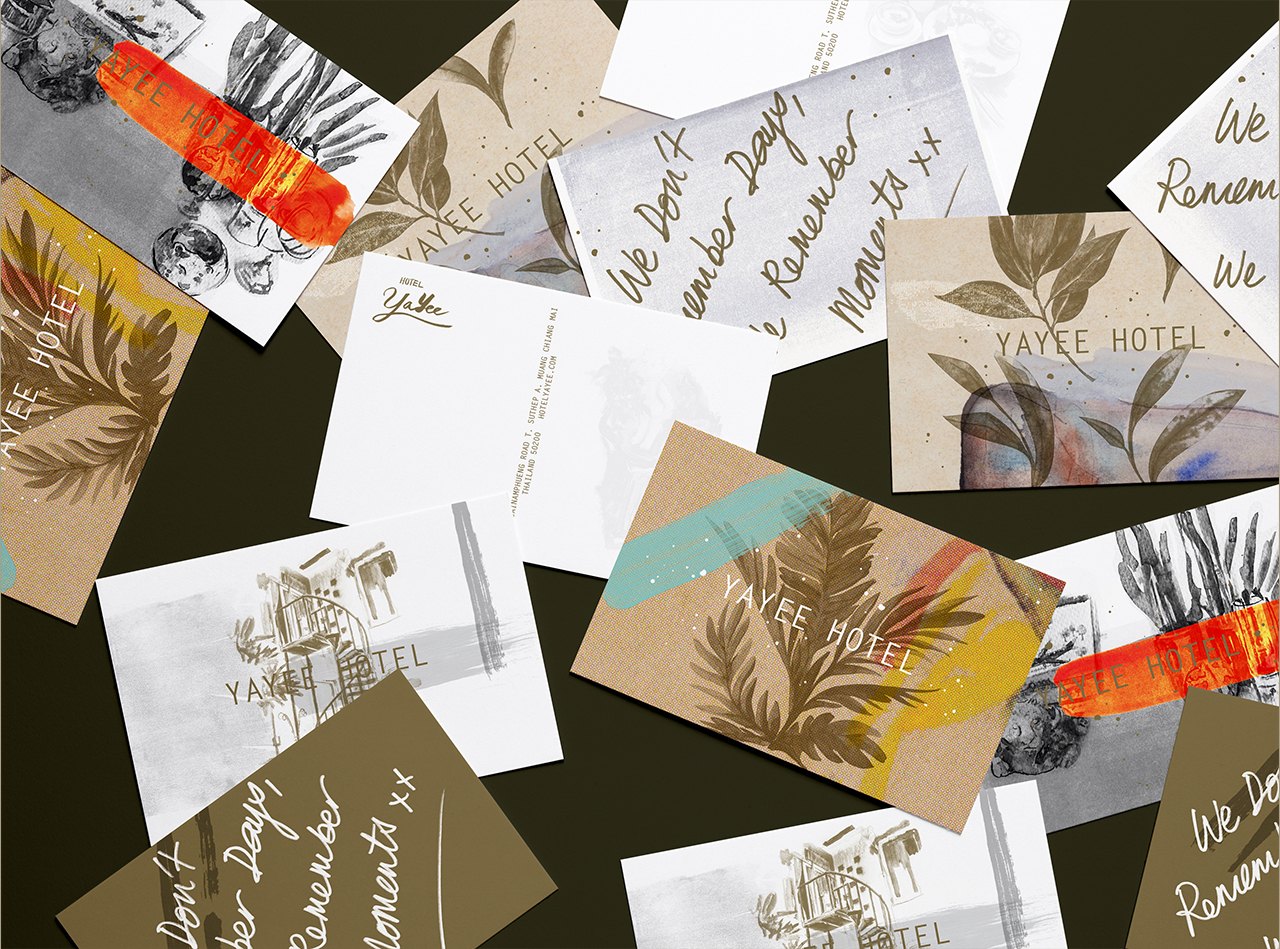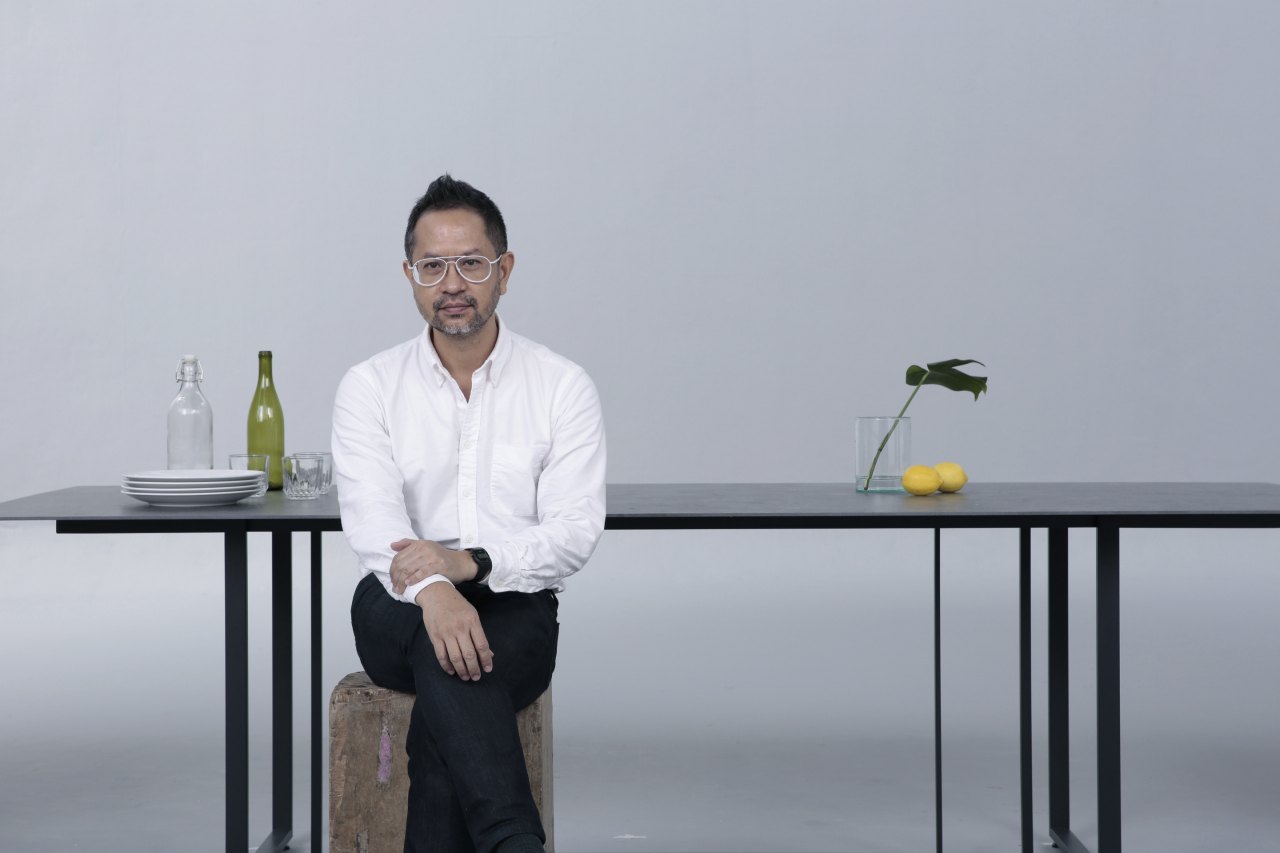Vocabulary(001)
Sabai SabaiK. Kelvin
Kelvin Wong is a Bangkok-based graphic designer. Half Thai, half Malaysian, he spent two years living and working in London as a freelancer to experience European design and society. He set up his own design practice – K Kelvin – after he returned to Bangkok.
The interview took place in January 2016. Ingo Offermanns IOmet with K.Kelvin KK in Bangkok, Thailand.
kkelvin.com
Cultural context
IO Kelvin, I suggested meeting at one of the places in Bangkok that you consider the most inspiring, and you brought us to Sampheng Market. Why is this place inspiring for you?
KK Sampheng is a historic neighbourhood and market in Bangkok’s Chinatown. It was settled during the Rattanakosin period by the Teochew Chinese. Therefore, it was one of the places that my mother used to take me when I was young to shop for the same kinds of things. You can find almost anything and everything here. Ever since then, I’ve always been attracted to the energy of Sampheng. The hustle and bustle of the market. The density and complexity of the things being sold here. There’s chaos and harmony plus sophistication, mixed with a tinge of brashness. But somehow everything and everyone interacts with a sense of ease.
IO Let me enlarge the scale. What about Bangkok in general? Is it a good place to live and work?
KK When my family eventually moved to Bangkok, we didn’t have a specific plan, but somehow Bangkok warmly received us with open arms. It was like walking through a neighbourhood, loving the atmosphere, with the whole community extending an invitation for you to live and work there and achieve a good life. In spite of being half Thai and half Malaysian with limited Thai language skills, Bangkok has enriched me. I haven’t felt any barriers or discrimination. In fact, I received the opposite: great friendship and warm kindness.
IO That sounds beautiful. Is this what you expect from life?
KK (laughs) I do have expectations of how I should live my life but not a seriously high benchmark. Maybe it’s due to the Buddhist belief: Do good and good will come back to you. In spite of being ambitious, I think that the Thais are not so stressed or highly-strung about achieving perfection. I honestly do want my design studio to be one of the best in Bangkok, but I wouldn’t step over others to achieve it. I’m absolutely convinced that if I do an exceptional job, if I am nice and kind to the clients, the studio will flourish by itself.
IO If I understand you correctly, you are saying, that Thai people are rather relaxed, pragmatic, and liberal. But are they also proud?
KK I believe that the Thais are very proud of their cultural heritage and the fact that this nation was never conquered by any colonial power or country. Therefore, as a Thai you don’t need to rediscover or redefine yourself. With a rich cultural heritage, you can and do just forge ahead to inspire people with new ideas and innovations. You are like a sponge, interacting without any boundaries or fear of losing one’s own identity.
IO Which of your cultural values could serve as a model for others?
KK “Sabai” or “Sabai, Sabai” (we normally say it twice to intensify its meaning) which means, Happy, or comfortable, or in a relaxed manner. For instance, if it rains today, not to worry, tomorrow, the sun will shine again.
IO Looking at your graphic design work, I can see quite a few references to Western pop culture. What cultures influenced you apart from Thai culture?
KK As I am half Thai, half Malaysian, growing up in Malaysia gave me that slight British influence. I studied in an all-boys Catholic/British educational system and was heavily into the British New Wave pop music of the 80s, especially Joy Division/New Order, Depeche Mode and the Pet Shop Boys. Album covers were my first introduction to design, and so I’m quite influenced by them. I studied graphic design for a year at Andrews University in Michigan but somehow felt that it was the wrong place for me. So when I returned to Bangkok for a holiday, I decided to quit school, and I started my design career by learning the hands-on basics of graphic design. From layouts to paste-ups to letter setting type etc. After about 10 years of working with Leo Burnett, Bakery Music and Propaganda, I decided that it was time to take a break and finally visit London. I sold all my belongings and went to live in London for two years. I didn’t want to go there to work in design. Instead, I wanted to experience firsthand how design works in society, how it interacts and influences society. I would stroll through all the corners of the city, to all the galleries, museums, and design events. I also went to as many concerts as I could afford, and I did also certainly visit a lot of the prominent design studios too. One of the highlights was visiting my hero Peter Saville. I had the chance to talk to him about design and his philosophy for more than three hours. You can imagine what an eye-opener that was for me! Two years later, I came back to Bangkok, and at the encouragement of my friend Pod from the rock band Moderndog, I opened my studio, K Kelvin (K as in Khun (engl.: Mr.) as I’m often referred to as Khun Kelvin.)
IO It seems that you can make quite a lot of money from graphic design, if you can spend two years in London without working, right?
KK I sold all my belongings to afford that experience, and I did freelancing commissions to survive. Plus sharing and renting a flat with 3 others, and living with minimum wants and needs. But seriously, you can earn a decent living as graphic designer in Bangkok, if you work hard and have a disciplined working ethic.
IO One more question about cultural influences. In spite of post-colonial studies in the Western world, I have the impression that Western culture is still exported to the rest of the world in a kind of patronizing way. Don’t you guys get bored with the omnipresence of Western culture and aesthetics?
KK That’s a good question. But, honestly, although Western culture is omnipresent here in Bangkok, it influences us only to a certain degree. There is still the daily presence of everyday Thai culture. Sabai-sabai, or the Wai (Thai greeting) is an act of respect and gratitude, very Asian. These are just some of the parts of our Asian culture that subconsciously drive us daily. Therefore, Western cultures will always interest us because of their fresh point of view, good and bad. (laughs) We generally approach foreign cultures as friends, but we are not particularly biased in favour of any one of them. So we take influences and mix them with our own background. We don’t really follow strict or rigid concepts. We are not so orthodox about these things––and maybe we are not so serious about ourselves in general. I presume that this also has to do with Buddhism, which teaches us not to hold on to things too rigidly. Therefore, we don’t need to be as politically correct as the Western world. (laughs) That’s why we don’t take ourselves too seriously and can make fun of fat people in our TV commercials.
Introducing the person
IO Could you describe your routine on a typical working day?
KK We are a projects-based design studio. What that means is that our studio has 4 designers, including me, working on assigned projects as a team, but we do not work a typical 9 to 5, Monday to Friday routine. The studio only serves as a hub to finish up or formulate ideas/projects. We all work remotely, and have a timeline and schedule of each project from start to finish.
IO What would you do on weekends or holidays?
KK Try not to think about design, but it doesn’t work that way. If there’s a long weekend, we usually go to the beach.
Working Life
IO About your work. How do your clients see your designs? Do you have any special qualities that help you to get the job?
KK We listen a lot to the clients. We are design communicators, and so we hope to get the project done well as a collaborative effort with the client. We believe that a happy client makes a happy job and a happy job makes a designer happy.
IO It is so enjoyable and a pleasure to have a close relationship with clients and eventually to become friends, I see this as the style of your studio too, but what about style in graphic design? Do you have a certain kind of graphic design style?
KK We like clean, straightforward, and simple designs. We don’t overdo anything, so I would say there is no particular style in our graphic design. We like systems, though. When we work on designing identities or branding products/services, we usually employ either grids or templates. We see systems as the backbone of a design supported by the overall concept.
IO So you would say a system governs everything in the design? How does this play a role in your work?
KK It’s not really like that. Instead of it being the golden rule, the system serves as a road map for our clients to see the brand’s design direction. How a consistent system of grids, layout and typography frames the language that the brand communicates to the end user. It is a frame of reference to illustrate the concept and the message.
IO What do you see as crucial in graphic design?
KK Not to be wasteful. In terms of superfluous design or ideas that pollute the environment and do not benefit society in general.
IO Are hierarchies important in your work and collaborations?
KK No, we believe in the designer and client round-table collaborative spirit where ideas are heard, targets met, and budgets projected.
Attitude
IO Are there rituals to the design process?
KK I cannot work in silence. Therefore, I always have to have music on while I work.
IO What would be the process of finding ideas at work?
KK It usually happens during our conversation with the client. I often have the idea as the client explains the significance of the product in hand. The whats and whys that drive the product to exist in society. As a graphic designer, I believe we have the gift of communicating/turning intangible ideas into concrete words and symbols. So, while I’m listening to the clients, those images just playfully form in my mind.
IO And how do you work out the ideas?
KK The process is a mixture of instinct and rationality. Most of the time, instinct then reason, and sometimes the reverse. But I believe that if we train our brains to store maximum useful information, when the time comes the brain will subconsciously make these new connections and ideas.
IO You said you work closely with your clients and have a good relationship with them. Have you ever got into a fight? What do you have to fight about?
KK We value quality and context highly. If the context is right, the quality has to be right as well. We have a responsibility to the end user and to the environment. So the fight is for the product to have a good reason to exist in society. Therefore, a good product contributes to a good society and is good for the environment.
IO Have you ever backed off totally and quit?
KK We have been lucky thus far and seldom have any misunderstandings with our clients. If there’s an air of trust and honesty at the first meeting, it’s usually a good collaborative process from then on. Or if we feel that it would be an unsuitable fit, we usually decline politely.
IO Who do you get your feedback from? Why do you think feedback is important?
KK We often ask for feedback from our clients or directly from the end user. It’s important to that we can understand the different points of view or perspectives of others who see the product or brand differently to oneself. It helps us improve and understand more on how we can communicate effectively. For example, we designed a logo for Panyaden International School in Chiang Mai. The students, who are 6 to 7 years old, told us how they loved their school’s logo and that it truly represented them. We were absolutely happy because they saw the idea behind it and gave positive and insightful feedback. We believe that good design should be like a good song that touches your heart and makes you happy.
IO That is so wonderful and a nice way to put it. What would you recognize as the meta-theme of your work?
KK Happy design. A good product or brand that is kind to the earth and good for society. And waste avoidance. We try very hard not to waste design - that is, to deliver a product that is not overtly designed. If we can use less ink, less paper or less of any materials, we will do so, and we will also advise the client against this. We try hard to avoid making things which are overpriced, expensive, and inefficient.
IO You say you explore the possibilities of graphic design as a catalyst for progress, which is a prime European idea. My belief is that Europe’s progress mentality is a line, whereas Asia’s way of thinking is a circle. What does progress mean for you? Does it relate to notions like “modern” and “new”?
KK I would define progress in design as pushing an idea or concept in an international context, being seen or heard on an equal footing within the same industry, whether in business or design. The possibility of polishing a design or an idea to make it better. Not something super-innovative or related to any technological advancement, more as an advancement of a simple idea but with an extraordinary ripple effect.
IO In terms of collaborative design, what is more important to you? The design process or the design product?
KK Both. I believe both the process and the product are important. Good process leads to good products. A bad process will most certainly lead to a bad product.
IO What do you consider to be the most hypocritical thing a designer can say?
KK “Design, it's been designed.” I think that the term “design” has been used too often and has become a cliché. Good design speaks for itself.
IO Is graphic design important?
KK Yes. A good idea, communicated effectively, can change and make lives better.
IO Do you think graphic design should have an influence on society? You mentioned the environmental aspects. Sometimes, instead of thinking seriously how graphic design might help with this, a person might just blow up the importance of what they do. How would you judge the prospects for graphic design changing the society?
KK Yes, I believe that graphic design should have an influence in society. In the case of Bangkok in particular, we need to make a big impact, and also minute changes in society. An example of a big impact would be the public transportation system. If we had a designed system like the ones for the London Underground or New York subway, it would be a great benefit to society. Or a minute design like our Thai identity cards or passports. A little sprinkle of the Swiss design influence would be nice.
IO Do you think simplicity, like clean, clear design, is ideal because it supports enlightenment?
KK Nature is simple, so I believe simple designs, communicated effectively, can be very powerful and meaningful in society.
IO What would you do if you were the dictator of the graphic design world?
KK Try not to be wasteful. To never design something that people will pick up and throw away immediately.
IO I am so glad that you have such a strong connection to pop music. For my last question, let me quote R.E.M.: “Have you ever lost your religion?”KK: In design, as a studio, we are not searching for perfection but instead for a happy outcome. Do the best you can with the given time. We try to convey this attitude in our work and to just move on, even if the solution isn’t perfect. In this sense, I would say that my religion changes every day.
